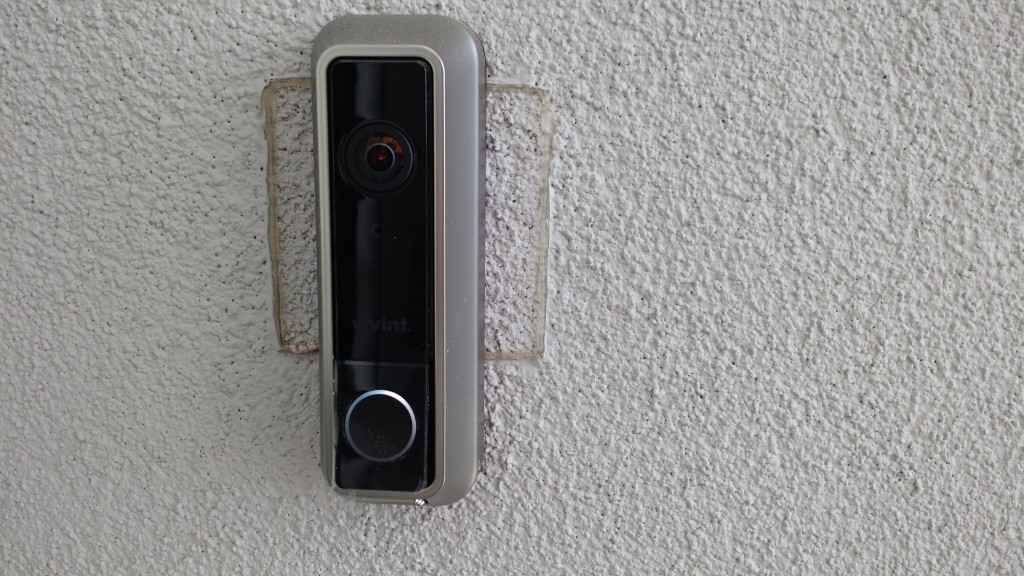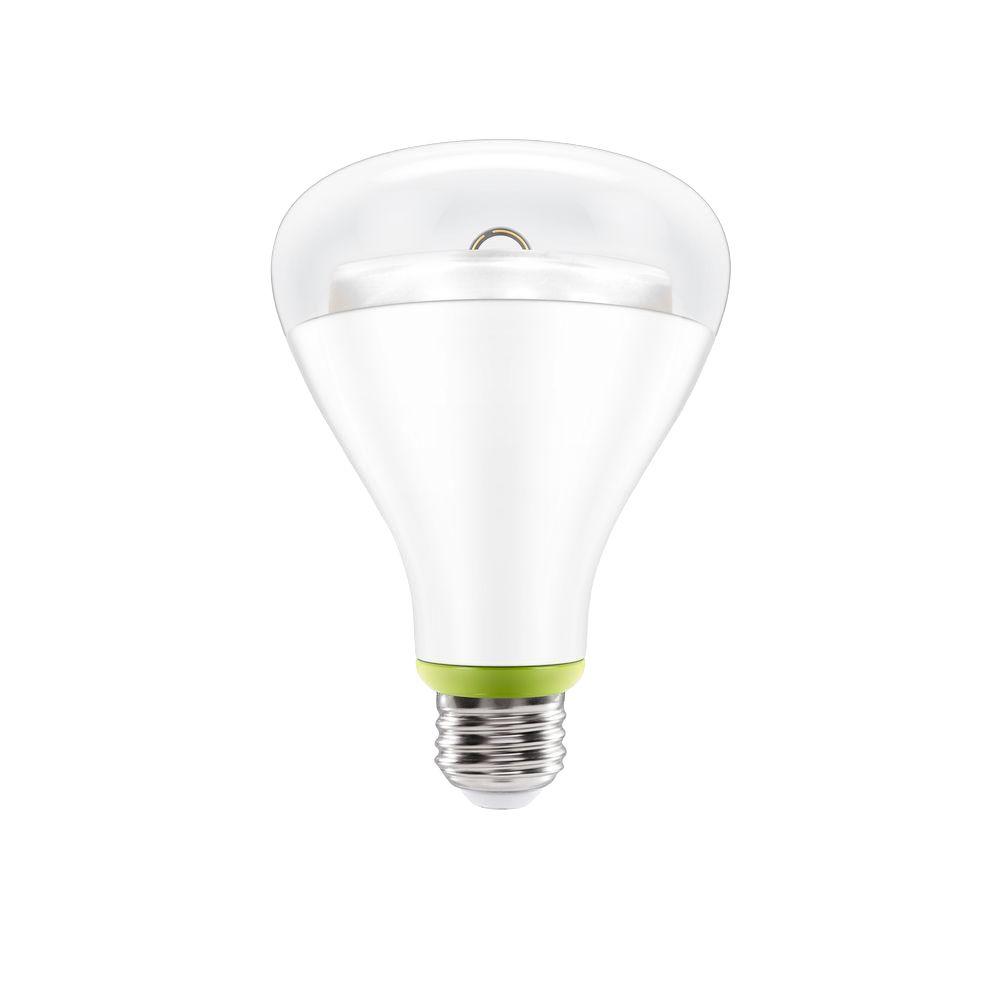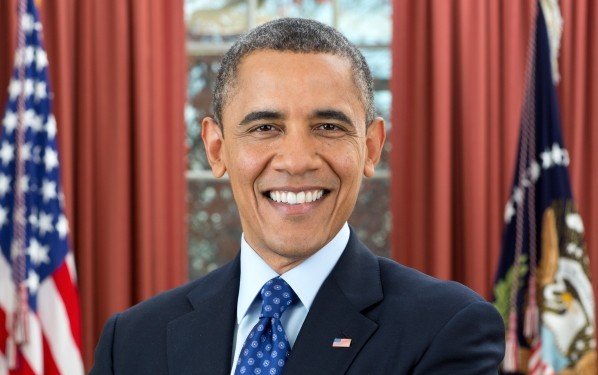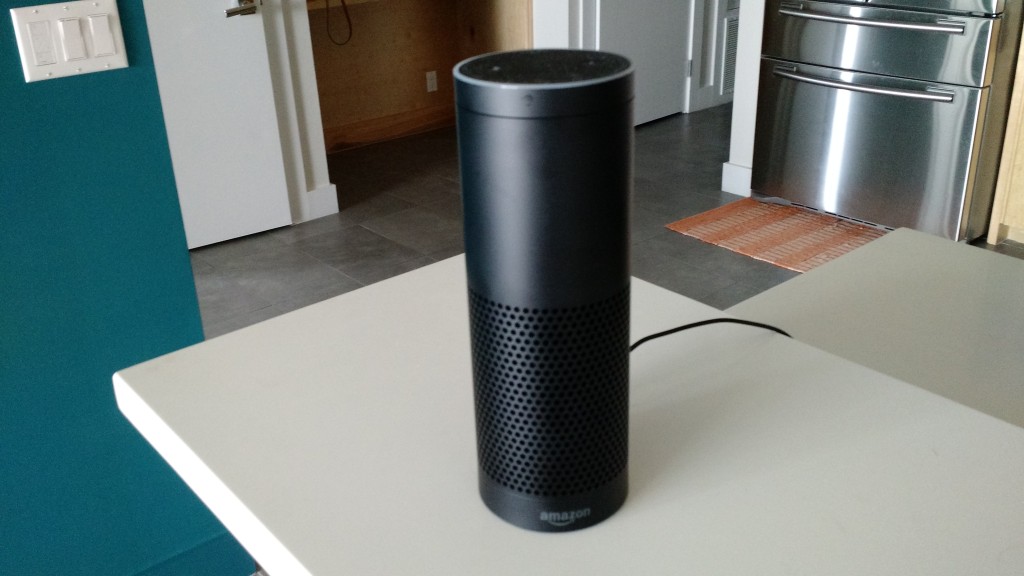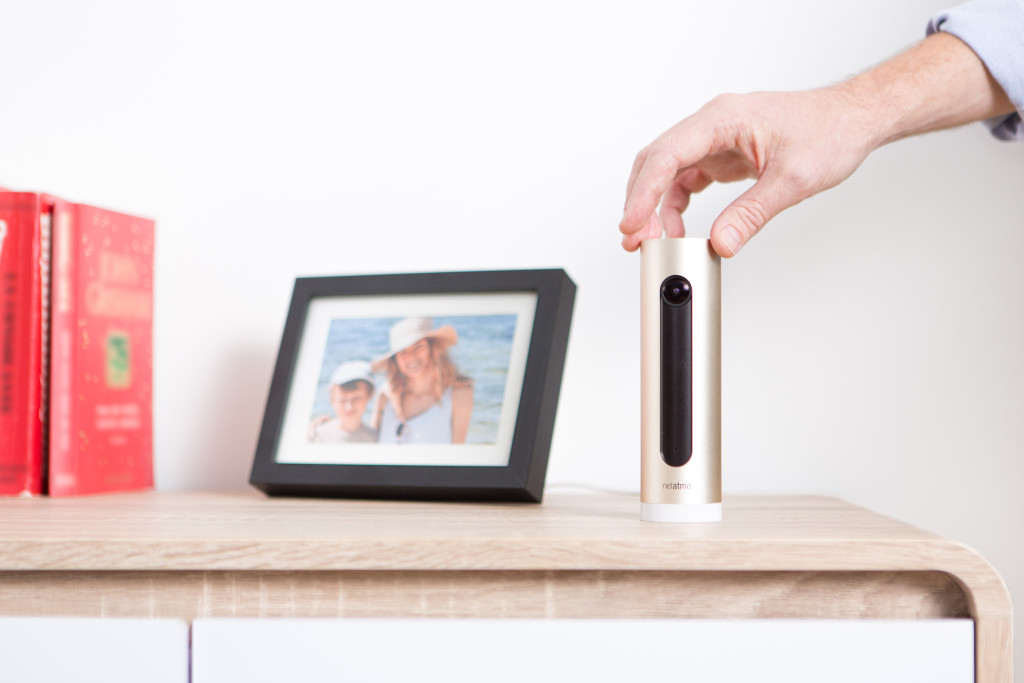Technical skills are important when it comes to deploying a new connected manufacturing plant or designing a just-in-time inventory management system. But equally important is developing a management culture that can really take advantage of the data transparency that connectivity can offer a business, according to this week’s guest on the IoT podcast. Satya Ramaswamy of Tata Consultancy Services shares his thoughts about a recent report on the Internet of things and how companies can adapt to really take advantage of this business shift.
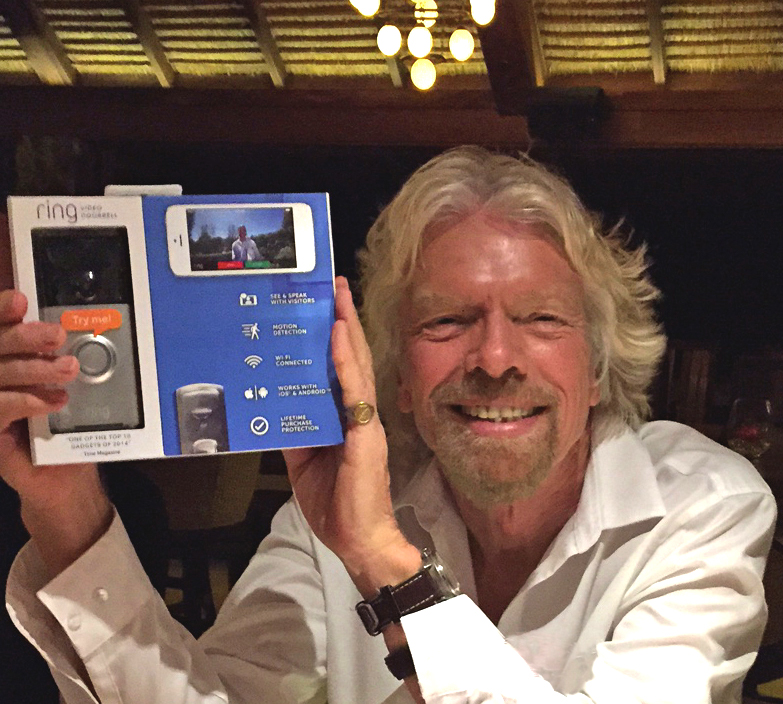
Before we talk to Ramaswamy, Kevin Tofel and I discuss Google’s new router and why it might be the best thing for the smart home. We also explore Intel’s commitment to the internet of things based on its stunt-heavy opener at the Intel Developer Forum this week. In funding news we talk about a $28 million round for connected video doorbell company Ring as well as $5 million in funding for a startup that’s combining the internet of things and the blockchain technology behind Bitcoin. Enjoy the show.
Hosts: Stacey Higginbotham and Kevin Tofel
Guest: Satya Ramaswamy of Tata Consultancy Services
- Google’s new router isn’t just for Wi-Fi, it also has Bluetooth and its Weave IoT protocol
- Intel’s Developer Forum was less about silicon and more about gadgets
- How to build a decentralized IoT technology stack
- The 7 steps to build a company culture to take advantage of the internet of things
- In the web world machines replaced the seller, but with IoT machines replace the buyer
Podcast: Play in new window | Download | Embed
Subscribe: RSS

